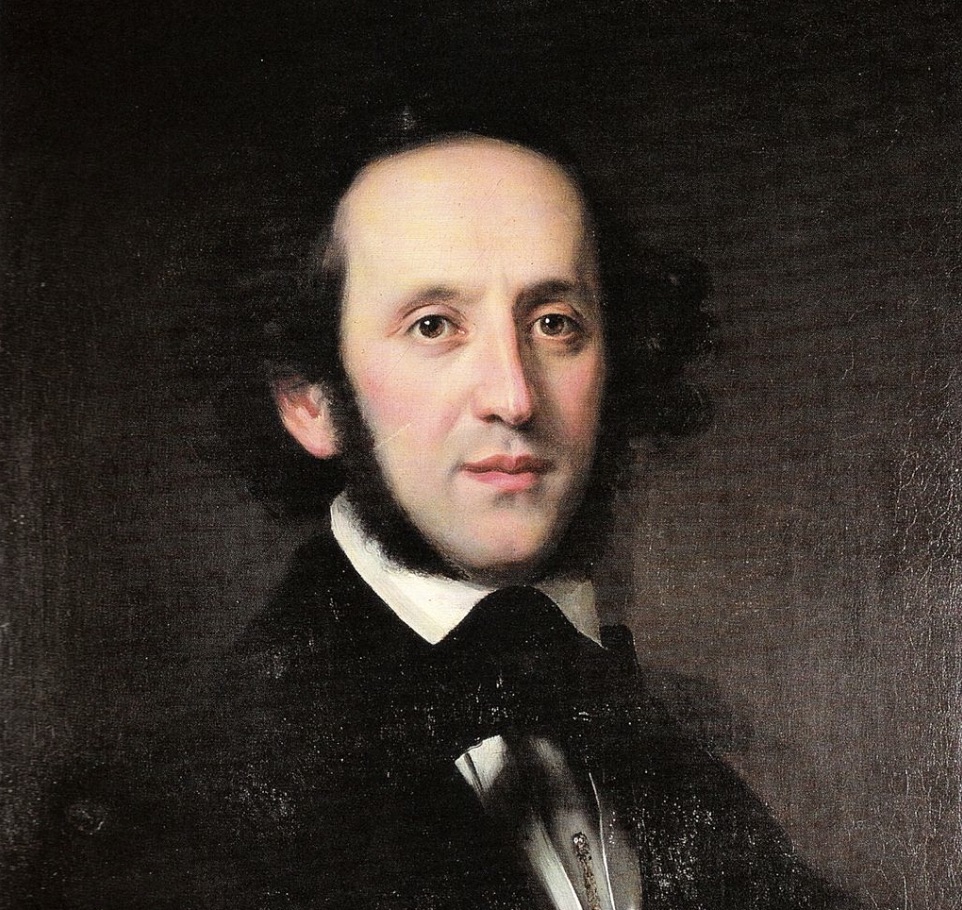
The talents of many of the world’s greatest achievers were manifest early in their childhood years.One of the most famous was Wolfgang Amadeus Mozart. By the age of five, he was already composing his own music, and by seven, he was performing for royalty across Europe. His genius in music composition and performance was evident throughout his life, and he produced over 600 works before his early death in 1791 at age 35. His life was celebrated in the movie titled Amadeus.
Another prodigy in classical music performance and composition was Felix Mendelssohn who was born on February 3, 1809 in Hamburg, an independent city state that is now in Germany. Mendelssohn’s mother taught him to play the piano when he was 6 years old, and within three years, he gave his first public concert. In 1821, when Felix was 12 years old, the great German writer and philosopher, Johann Wolfgang von Goethe saw the young prodigy perform. Effusive in his praise, he observed, “Musical prodigies … are probably no longer so rare; but what this little man can do in extemporizing and playing at sight borders the miraculous, and I could not have believed it possible at so early an age…what this child has already accomplished, bears the same relation to the Mozart of that time that the cultivated talk of a grown-up person bears to the prattle of a child.”
One of the giants in mathematics who showed early signs of genius was Wilhelm Gottfried Leibniz, who was born on July 1, 1646, in Leipzig, Germany. He grew up in a scholarly family and showed exceptional intellectual abilities from an early age. Leibniz’s father died when he was six years old, leaving him under the care of his mother, who encouraged his education. When he was 8 years old, he began the study of Latin from books in his father’s library, and by age 12 was writing Latin poetry. He then proceeded to teach himself Ancient Greek.
At the age of 15, Leibniz enrolled at the University of Leipzig where he studied philosophy, law, and theology. He quickly developed an interest in mathematics and physics and began to explore various scientific and philosophical works. Leibniz’s broad range of interests led him to delve into various disciplines, including history, linguistics, and logic. Gottfried graduated with a bachelor’s degree in 1663, at the age of 17. By the time he was 20, the study of law, that he had undertaken at age 15, qualified him for a Doctor of Law, but he was denied the degree by the Leipzig faculty on account of his young age. However, he went on the make significant contributions to philosophy and mathematics and is credited as a co-inventor of calculus. He also sought a universal language that envisioned elements of the current computer technology.
Another, less known child prodigy was William Rowan Hamilton who was born on August 4, 1805 in Dublin, Ireland. The fourth of nine children, he was sent at age three to live with his uncle James Hamilton, who ran a school in Talbots Castle, in County Meath. His uncle James observed that William, from an early age, had displayed a special proclivity for languages. By age 13 he had acquired, through his Uncle’s tutelage, some degree of fluency in about a dozen Indo-European languages.
By the time he was 16 years old, William had mastered most of Newton’s Principia, having already absorbed Newton’s Arithmetica Universalis. By age 18, Hamilton was accepted at Trinity College in Dublin, subsequently scoring the top grade in every subject in every year achieving a BA degree in both classics and mathematics in 1827. In that year, at the age of 22, he was appointed, over other highly-esteemed astronomers, Andrews Professor of Astronomy and Royal Astronomer of Ireland.
Around 1832, when William was 27 years of age, he formulated his theory of rays that provided a foundation for the study of light and optics. From this theory, he predicted that a single ray of light within a biaxal crystal must, in certain cases, yield a cone of refracted rays–a phenomenon known as conical refraction. When his prediction was verified by observation, his formulation of optics became a basis for other mathematical models describing the behavior of waves. A century later, his mathematical operators would be used in quantum physics to provide a wave-mechanical description of particles. In 1835, Hamilton was knighted and became Sir William Rowan Hamilton.
In the early 1840’s Hamilton was searching for ways to extend complex numbers to domains of higher dimension. This eventually led him to the discovery of what he considered to be his greatest contribution–quaternions. These are essentially vectors in 4-dimensions that violate the commutative laws of algebra. That is, for any two quaternions, a and b, it is not necessarily true that a*b = b *a. After their introduction, quaternions became a widely-used tool for the descriptions of different natural phenomena. Hamilton considered his discovery of quaternions to be his greatest achievement and one day, while walking with his wife in the Irish countryside, he carved with his penknife the multiplication table for quaternions into one side of the stone Broom Bridge.
Other famous people who were observed to be prodigies include, Blaise Pascal, John Stuart Mill and Marie Curie.
